Question asked by Lilian
For my previous question, I meant what were the views of worshipping the Taoist deity and general, Guan Yu? Not Guan Yin. I already knew it was fine to worship Guan Yin. What are the views of ancestor worship? Why are mandalas made of cow excrement when that's extremely hazardous? Couldn't there be a substitute?
I read that Manjushri is a bodhisattva and here, he's a Buddha. Is Manjushri a bodhisattva or enlightened Buddha?
Where can I receive Saraswati empowerments when there aren't any gurus or lamas in my area?
If we are to be reborn again and again due to bad karma from previous lives, how were all beings and worlds created? Was there even karma before existence? How was everything created in Buddhist belief? When did karma start? Who was the first Buddha? How many souls were there for them to be reborn again and again? How were these souls created?
Is levitation possible when obtaining siddhis? How long does it usually take to obtain siddhis?
For sutras in prayer wheels, are they to be written in one straight line and wrapped while being attached to other papers to continue it, or can the sutra be one long paper with paragraphs?
What is the most powerful sutra? Is it the High King Guan Yin Sutra, Shurangama Sutra, Heart Sutra, Golden Light Sutra, Diamond Sutra, or which one?
What happens to a person who committed suicide after they died?
Who are the 5 consorts of the 5 Dhyani Buddhas and what are their mantras and the elements they are associated with? Which Buddha(s) is associated with the element of water and what is their mantra?
Would the desire for holy relics, sutras, mantras, enlightenment, and teachings count as desire? Because if one is to purify themselves of desire, would they have to relieve themselves of those as well?
If desire is the cause of suffering, why are there wealth deities like Vasudhare, Kurukulle, and Yellow Dzambhala? Isn't money and wealth a desire that cause suffering?
Are there any naga mantras in Buddhism? Or any enlightened nagas?
Is an invocation necessary when making prayers or offerings?








































































































































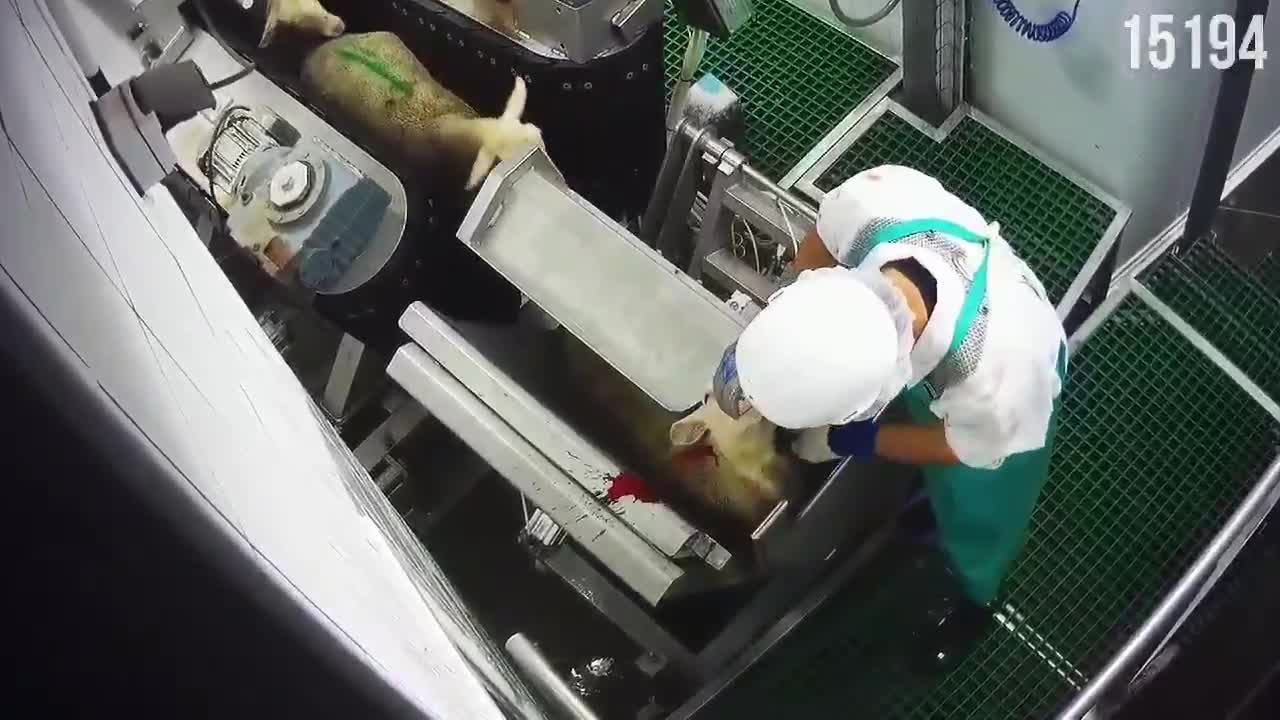


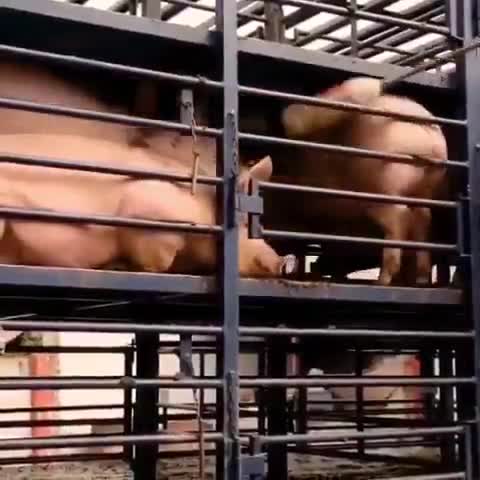






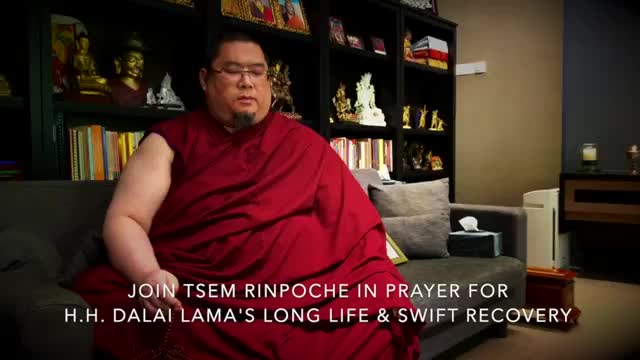

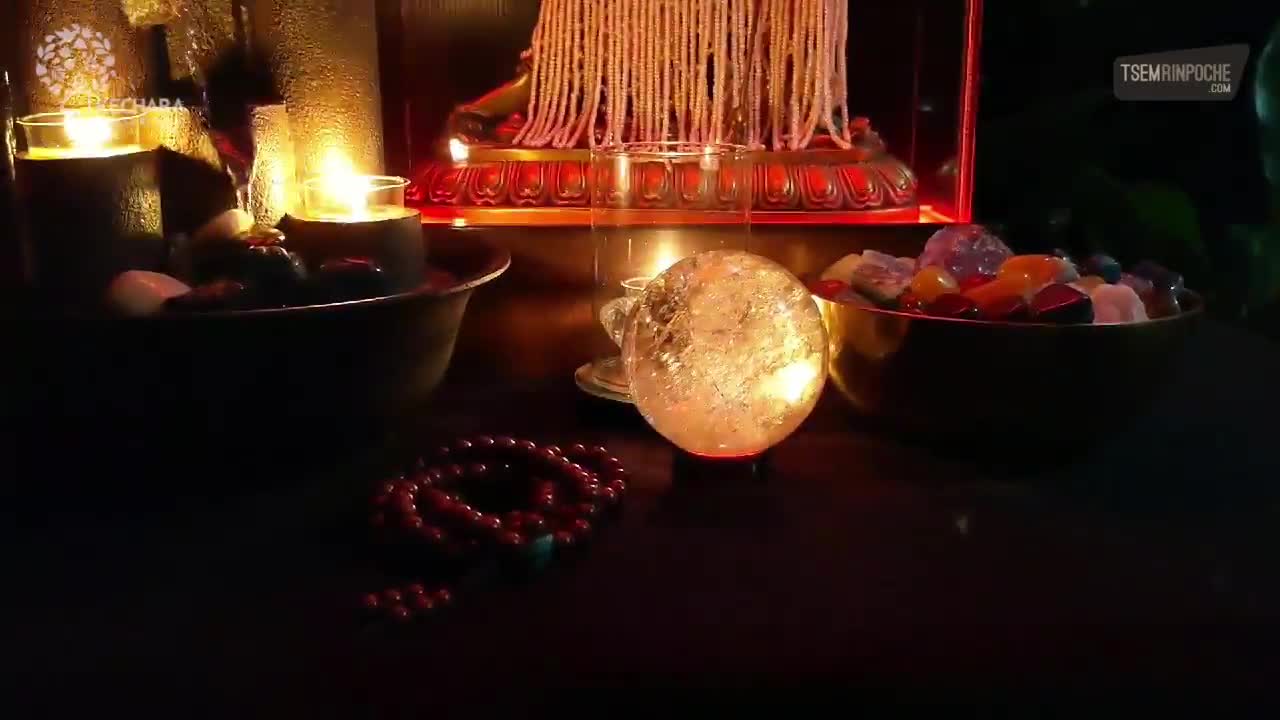

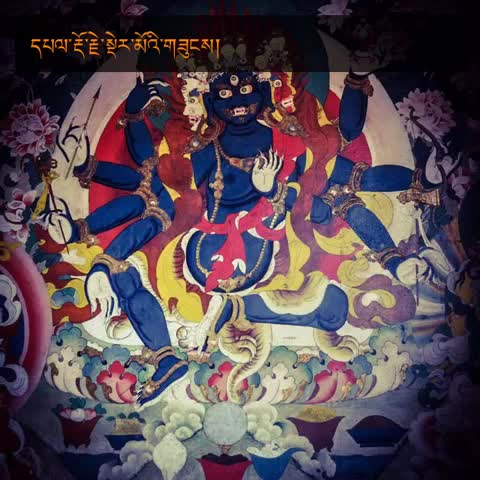
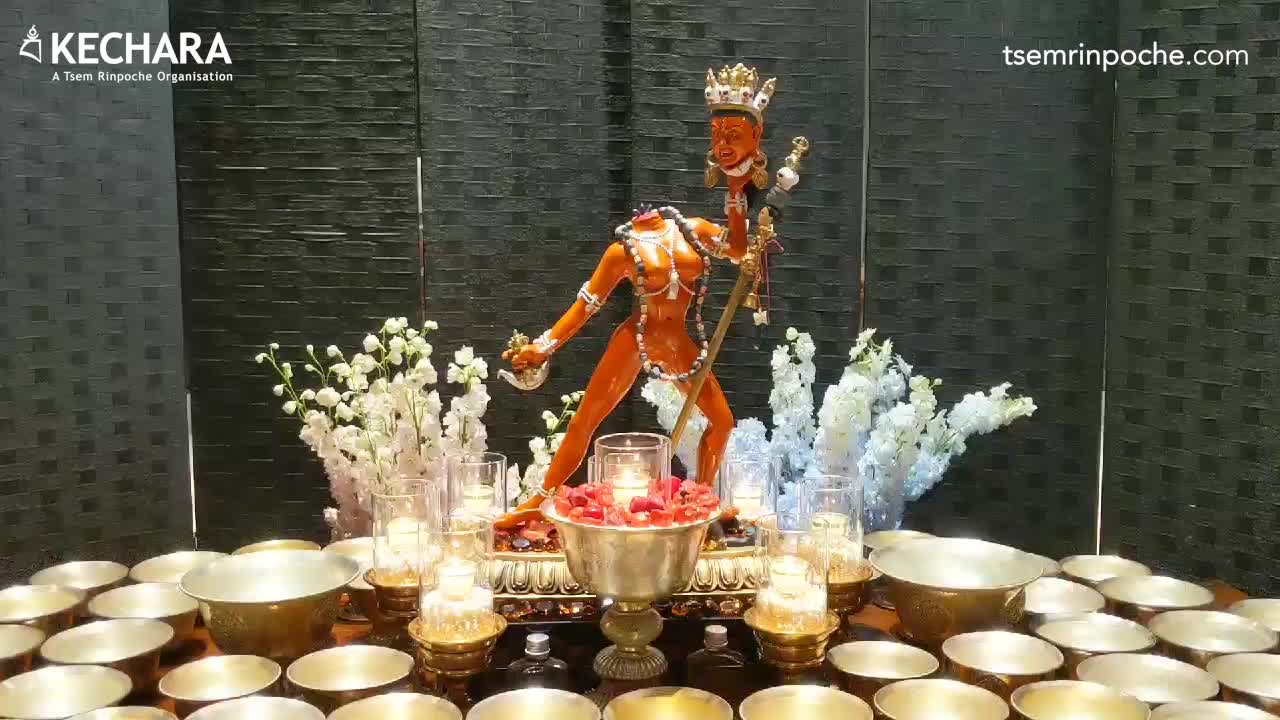













































































Dear Lilian,
Thank you for your clarification. As for Guan Yu and Taoist deities, those who are practicing Buddhism do not usually pray to these deities. This is because in Buddhist practice we only take safe refuge in the enlightened beings. This is because they are outside of samsara and therefore free of any afflictions or habitual tendencies. The gods are beings from the god realms and exist within samsara therefore they are also bound by the power of karma, afflictions and habitual tendencies. Within Buddhist practice it is said that we should take refuge in and follow the methods of those who achieved what we want. As the goal of Buddhists is to achieve enlightenment, we take refuge in the Buddhas and enlightened deities. That being said, these deities are very high level and powerful beings, who definitely have the ability to help or to harm beings. But since Buddhists want to achieve enlightenment, they would not pray to deities within samsara.
As for ancestor worship, since Buddhists believe that a person takes rebirth in one of the Six Realms after death, we do not pray to ancestors in the common sense of the term. We do pray for our ancestors, but this is to generate merit and dedicate to them in whatever rebirth they are in and for their future enlightenment. In regards to cow excrement being used in the creation of mandalas, I have not personally come across this but I do not have much experience in drawing them. However, traditionally certain colour pigments would have been made from natural materials which could have included cow excrement.
In regards to Manjushri, he is actually the wisdom of all the Buddhas in the form of a Bodhisattva. Therefore he is definitely a completely enlightened being, a Buddha. In regards to receiving empowerment, the only way to do this is to receive it from a qualified guru who has the lineage of the practice. Therefore the only way to receive it is from a guru. You should search for a guru closest to you.
In regards to the origin of the world, in Buddhist belief this is also cyclic in nature. For example, this world came into being when the elements appeared due to the karma of all beings. These elements then came together to form the Six Realms, and gave rise to conditions in which beings could take rebirth. At the end of this particular eon, it will once again be destroyed, and after which there will be a period of nothing. Then the whole process will begin again. Therefore it is actually karma that created the world as we know it. There is no beginning to this, it has always existed. In fact our experience of time is not how reality exists, it is simply a notion that we ourselves have created. The realisation of emptiness, also necessarily includes the realisation that time itself does not exist.
As for levitation, yes there are a lot of supernatural siddhis that one can attain when engaging in various practices. However these are known as ordinary or mundane siddhis. This is because they do not necessarily help one’s journey towards spiritual enlightenment. They occur as by-product of the practices, therefore the practices are not engaged in with the goal of attaining the mundane siddhis. As such these siddhis arise according to the effort the practitioner puts into the practice. However, once the siddhis are attained they can be used to benefit others. In essence they can become tools that you can use on the path. Certain practices bestow certain siddhis, but all the practices of the Buddhas can lead a person to enlightenment.
In the case of prayer wheels, the various sutras and mantras are written in such a way that they are continuous. For example, the mantras continue with each other, this is so when the prayer wheel is turned, if you were able to look at the mantras, they would be spinning in the correct manner they are pronounced.
As for the most powerful sutra, there is no one that is more powerful than another. This is because all sutras, if spoken by the Buddha or inclusive of the Buddha’s teachings has the power to lead beings to enlightenment. The difference actually comes from one’s own karma and affinity to a specific teaching contained within a sutra. Within certain lineages or traditions, the emphasis is placed on certain sutras. For example, since Manjushri and his emanation Lama Tsongkhapa are depicted with the Perfection of Wisdom sutra, this sutra is given particular importance. This is because without perfecting wisdom one cannot achieve enlightenment.
For a person who commits suicide, unfortunately since they have the heavy negative karma of killing, they would most probably take rebirth in the three lower realms. Most likely a person would have created the karma to be reborn in the hell realms. In the case of those who very attached to something, they might even be born in the hungry ghost realms. That is why you hear that places that had suicide cases are sometimes haunted. This however is not always the case and depends on what karma opens up at the time of death. However, since people who commit suicide are not in positive states of mind, their negative karma will open up at the time of death due to their negative mind.
Below are the 5 Dhyani Buddhas and the names of their consorts:
Buddha Vairocana – Consort Dharmadhatvishvari
Buddha Akshobya – Consort Lochana
Buddha Amitabha – Consort Pandara
Buddha Ratnasambhava – Consort Mamaki
Buddha Amoghasiddhi – Consort Tara.
The Buddha associated with the water element is Akshobya and his mantra is:
Namo Ratna Trayaya, Om Kamkani Kamkani, Rotsani Rotsani, Trotrani Trotrani, Trasani Trasani, Prathihana Prathihana, Sarva Karma Param Para Nime Sarva Sato Nantsa Soha.
In regards to the desire for holy items, yes this is still desire. However this desire is for something beneficial on one’s spiritual path. In fact it is only once one is able to actively transform negative desire, is this sort of desire dealt with on the path. At the point of achieving enlightenment, one leaves behind all conceptions and notions, this includes the desire for beneficial items on the spiritual path. For example even the Dharma teachings themselves and the notions of teachings are something that high level practitioners need to overcome their desire for. Most of us are not at that stage, so we should strive to be near holy items. This is because of the positive energy in them and that they are objects that we can make offerings to in order to generate merits. We need them because we are not highly attained so do not have this sort of energy ourselves, therefore we seek to be near these holy objects.
Your question in relation to wealth deities is a very good question, and I would like to answer this one in two parts:
The first is that the benefits of these deities include bringing wealth into our lives but actually their ultimate benefit is the generation of spiritual wealth, which means wisdom and compassion. This is the actual wealth that practitioners should aim to accomplish. On the other hand, we live in samsara. Therefore in order to survive we need to have material resources such as money, clothes on our bodies, food and roofs over our heads. These deities help to acquire these material resources so that you can concentrate on practicing compassion and wisdom, which lead to enlightenment.
Secondly, wealth is not inherently good or bad. Nothing in samsara is inherently good or bad. What is bad is our thoughts about money and our attachment to wealth. For example, when most people have wealth they tend to become very selfish. They do not share the wealth with others. This attachment that reinforces the idea of the ‘I’ is what is bad. However you also have examples of those who use wealth for the sake of others, these people do not become selfish and in fact as they concentrate out towards others are developing compassion. So wealth itself is not good or bad, the attachment that arises in the mind of the person is bad, because it only leads to more suffering.
In regards to naga mantras, yes there are and these are used to invoke them. However since nagas are still within the Six Realms and can get angry or jealous, just like us, these practices are not shared with those who do not have the appropriate Buddha empowerments or practices. Nagas are appeased in order to help practitioners with certain functions, such as to calm the land, subdue the weather, etc. There is no such thing as enlightened nagas, because by definition if you are an enlightened being then you are out of samsara. That being said, since Buddhas emanate back into samsara to benefit beings there may be emanations of enlightened beings in naga form.
When making prayers, invocation is important. Actually, when you think of the Buddhas they appear to help you. Simply be thinking of them and invoking them in your mind, they will be there to help you. However due to our karma which blocks them from helping us, you need to involve your body, speech and mind when you invoke them to make the invocation more effective. Therefore you recite the invocation prayer, as well as visualise them coming. This is an important aspect of the prayers, as you invite them into your life/space to help you on your spiritual journey. I hope this helps.
Thank you.